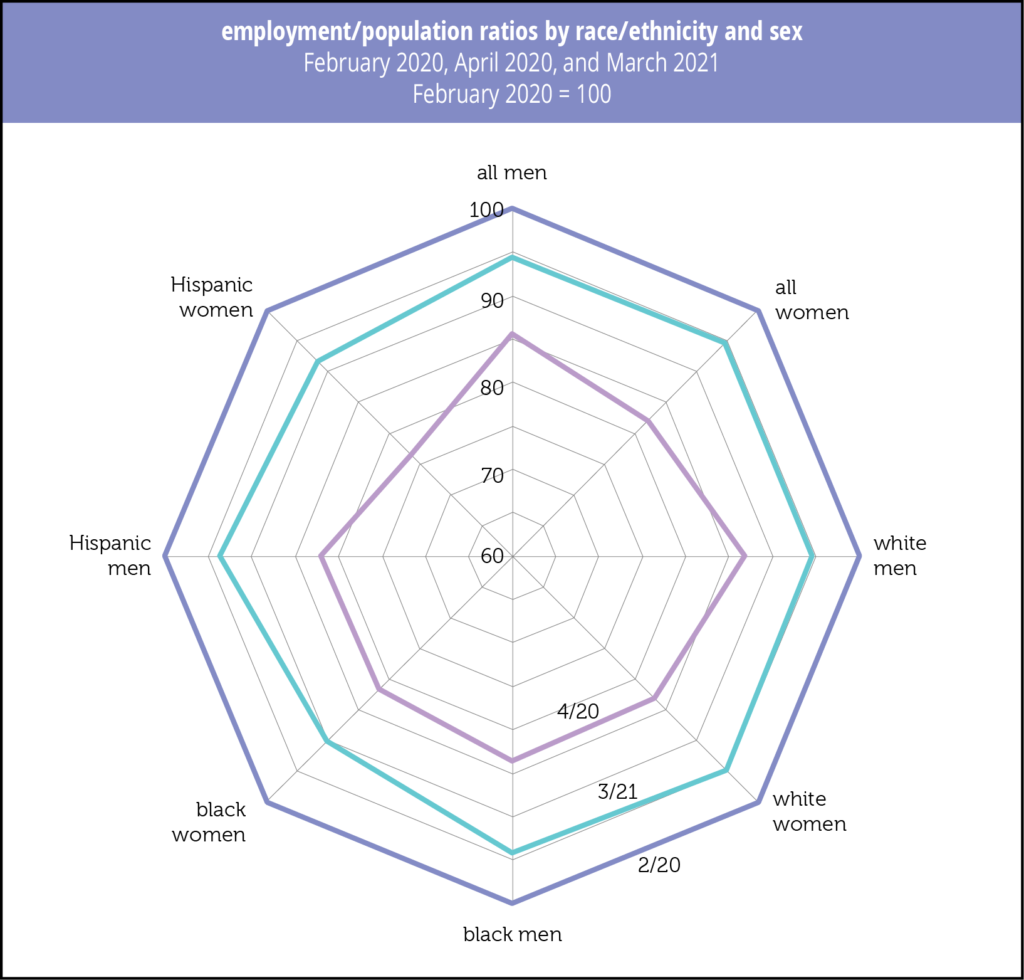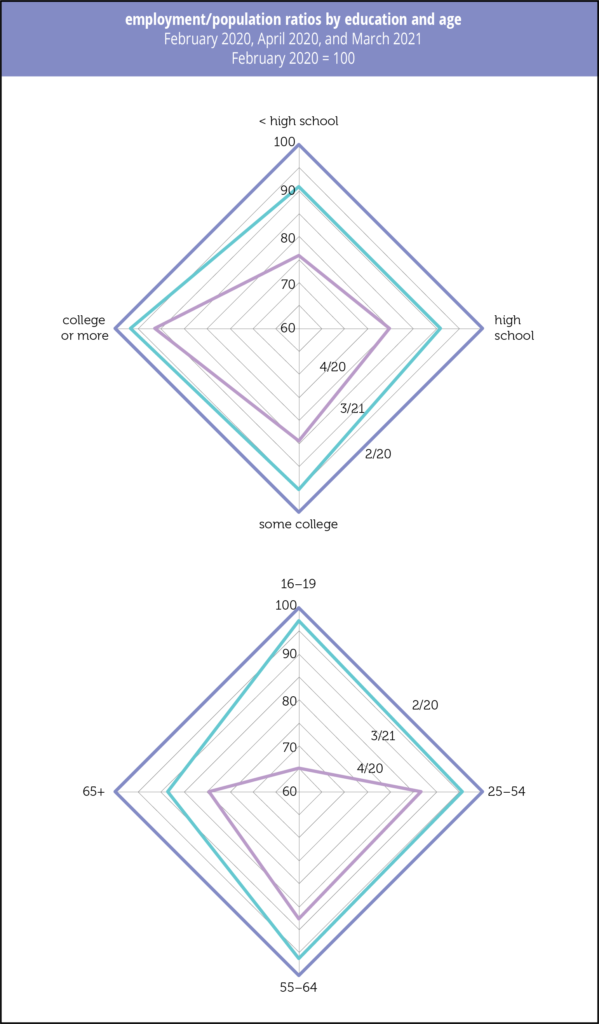Frontier Knowledge & Start-Up Quality
In their 2015 research paper “Where is Silicon Valley?,” Jorge Guzman and Scott Stern set out a new method of ranking entrepreneurial ventures focusing on quality, not quantity as had prior reports, in part to provide policy-makers with information on how to promote entrepreneurship for economic and social progress.
They assemnbled five metrics, firm-name characteristics (named after the founder, long, short?), is it local or part of a regional trading cluster or high-tech industry cluster; is it a corporation, LLC, or incorporated in Delaware, and does it gain control of formal intellectual property rights within one year? They do not include location in order to step around the pitfall of assuming that businesses in a given location have a given level of quality. The quality metric is the probability of an initial public offering or an acquisition within 6 years of founding.
Their results are not surprising, but some of the magnitudes may be. Of course in California Silicon Valley stands out, with a quality ranking 20 times the average, and 90 times the lowest ranked cities. Quality is tied to the proximity of research universities and national labs. Finally, the high stakes are apparent in the difficulty of reaching the growth metric: Even those firms ranked in the top 1% have just a 5% chance hitting it.
Fast forward to 2021 and More than an Ivory Tower, the Impact of Research Institutions on the Quality and Quantity of Entrepreneurship, by Valentina Tartari and Scott Stern, who take on the possibly circular logic of the relationship of research institutes and start-up quality. (The former are often located in innovative environments and can themselves be sources of demand.) Three steps gets them there: assess annual business registration records using the analytics outlined above by zip code; link to presence or absence of research university or labs; and consider changes in Federal funding of those institutions, and whether it is directed to research or other activities.
They found that changes in Federal research commitments to universities are “uniquely linked” to positive changes in the quality-adjusted quantity of entrepreneurship, but that increases in non-research funding to universities as well as research funding to national laboratories has either neutral or no impact. In their conclusion they underscore that their research supports MIT’s Jonathan Gruber and Simon Johnson’s argument laid out in Jump-Starting America, for establishing a set of regional innovation hubs to support local “entrepreneurial ecosystems,” outside the established “superstar” hubs.
They suggest that although universities and national labs both conduct significant research, universities distinguish themselves both by also producing students, who often launch start-ups in the area—they suspect students with frontier knowledge play an important and “often underappreciated” role in disseminating knowledge generated at universities to activities in the private sector— and by promoting “policies and rules that encourage openness” and enhance “fluidity between research and industry.”
One of the reasons researchers so dislike non-competition employment constraints.
There’s much more, including interactive maps, from the team at Start-up Cartography Project.






